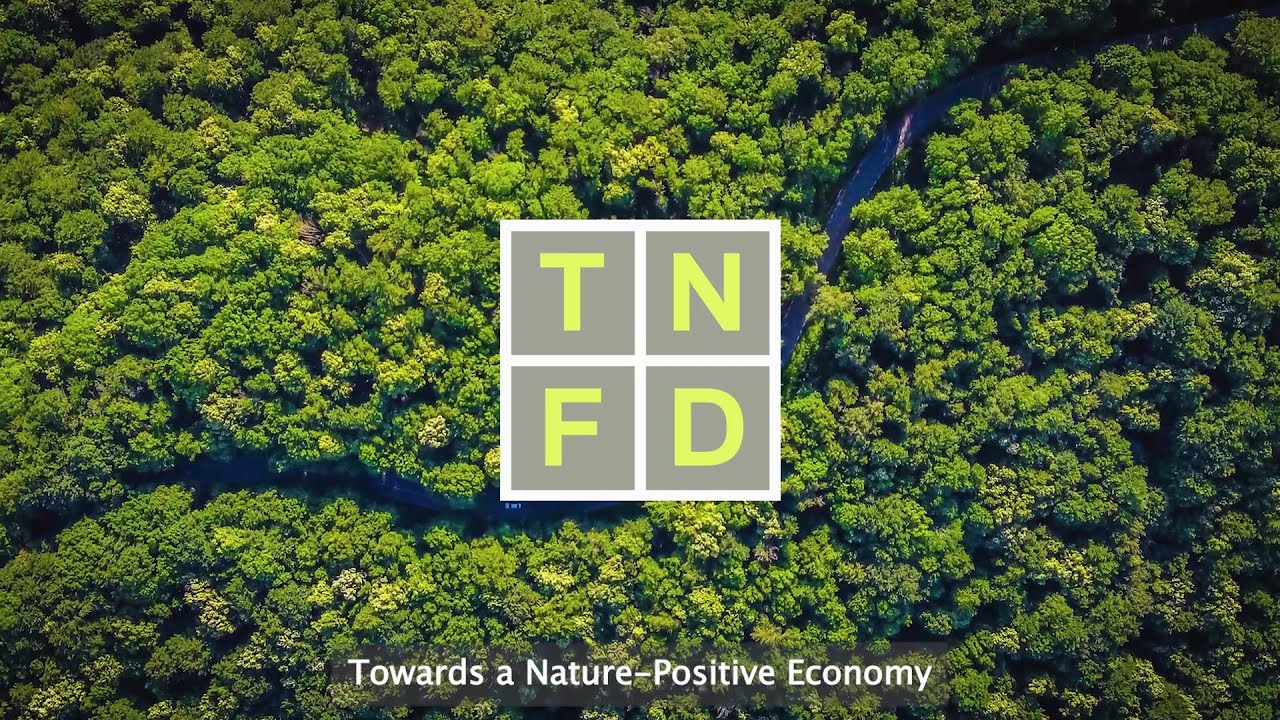
Understanding TNFD: A Framework for Managing Biodiversity Risk
02 September 2024
As businesses increasingly recognize the importance of environmental sustainability, the Taskforce on Nature-related Financial Disclosures (TNFD) has emerged as a critical framework to address biodiversity risks. TNFD is a global initiative designed to help organizations assess, manage, and disclose their dependencies and impacts on nature, ensuring that nature-related risks are integrated into financial decision-making processes.
What is the TNFD?
The TNFD framework, inspired by the established Taskforce on Climate-related Financial Disclosures (TCFD), focuses on nature-related risks, aiming to bring the same level of rigor to biodiversity as TCFD has to climate. The TNFD is not just about compliance; it’s about enabling organizations to take proactive steps to identify and mitigate risks related to biodiversity loss and ecosystem degradation.
Why is Biodiversity Risk Important?
Biodiversity underpins the natural systems that businesses depend on, from raw materials to ecosystem services like pollination, water purification, and climate regulation. However, these natural assets are under increasing threat from human activities, leading to significant risks for businesses. Companies that ignore biodiversity risk may face operational disruptions, increased costs, and damage to their reputation.
The TNFD Framework
The TNFD framework is structured around four pillars, mirroring the TCFD to facilitate integrated reporting:
- Governance: This pillar focuses on how a company's leadership oversees nature-related risks and opportunities, ensuring that these issues are embedded at the highest levels of decision-making.
- Strategy: It addresses how biodiversity impacts the organization’s long-term strategy, including how nature-related dependencies and risks influence business models and financial planning.
- Risk & Impact Management: This involves identifying, assessing, and managing nature-related risks and opportunities, ensuring that organizations are not only aware of these risks but are actively managing them.
- Metrics & Targets: Companies are required to disclose the metrics and targets they use to measure and manage their nature-related performance, enabling stakeholders to assess the company’s progress toward sustainability goals
The LEAP Approach
A key component of the TNFD is the LEAP approach, which provides a structured process for companies to evaluate their interaction with nature:
- Locate: Identify where the company interacts with nature across its operations and value chains.
- Evaluate: Assess the company’s dependencies and impacts on ecosystems.
- Assess: Determine the nature-related risks and opportunities.
- Prepare: Develop strategies to respond to these risks and opportunities, including transparent reporting
Practical Implications for Businesses
By adopting the TNFD framework, companies can enhance their understanding of how biodiversity impacts their operations and financial health. This knowledge is crucial for making informed decisions that mitigate risks and capitalize on opportunities associated with nature. Early adoption of TNFD can also improve a company’s reputation, build investor confidence, and ensure alignment with evolving regulatory expectations.
As global attention on biodiversity intensifies, frameworks like TNFD will play a pivotal role in guiding businesses toward more sustainable practices. For companies looking to stay ahead, understanding and implementing TNFD is not just a strategic advantage—it's becoming a business imperative.



